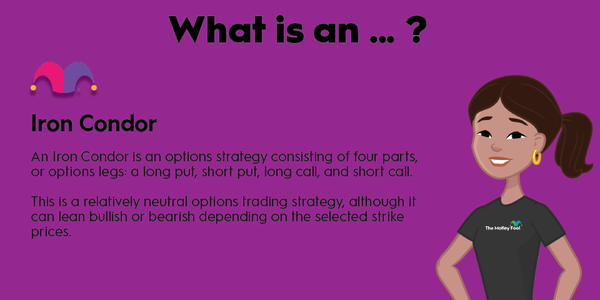Unlike the internet that we use with computers and other devices, the Internet of Things (IoT) is the network of physical objects that are connected by sensors and software. While individuals use the internet to visit websites, devices connect to each other on the IoT, exchanging information and possibly connecting to systems located on the internet.

What is it?
What is the IoT?
With the help of sensors, software, and a means of communication, such as Wi-Fi or 5G, devices form a network called the IoT. Oftentimes, when devices are characterized as being "smart" (like smart vacuums and smart thermostats), it implies that the object is part of the IoT. There's a considerable range of benefits to these smart devices, from users having a better understanding of how they're performing to the devices being able to perform autonomous tasks.
Additionally, the Industrial Internet of Things (IIoT) is often referenced when referring to the IoT in an industrial setting. Connecting assets like machinery and instruments with sophisticated software, the IIoT affords organizations a variety of benefits, like achieving greater efficiencies through things like predictive maintenance and prescriptive analytics, as well as the generation of extensive data that business leaders can use to make more informed business decisions.
Importance
The importance of the IoT
The roots of the IoT stretch back to the 1960s when the U.S. Department of Defense began to explore the possibility of connecting computers and systems. Scientists continued to develop machine-to-machine communications through the rest of the 20th century, leading to Kevin Ashton, who worked on innovative technologies at MIT, coining the term Internet of Things in 1999.
Today, the IoT is commonplace, found in a wide swath of industries, and it's expected to grow at a steady clip. According to market research firm International Data Corporation, global IoT spending is estimated to be about $806 billion in 2023, rising at a compound annual growth rate of 10.4% through 2026, when it's expected to top $1 trillion.
Insights
Insight into the IoT
From our personal to our professional lives, the presence of the IoT is increasingly felt. While individuals don't need a degree in computer science, it can be helpful for them to have a basic understanding of the IoT and the opportunities that it offers. As consumers, people can have a better sense of the advantages of smart devices, while people in industry can incorporate IoT solutions to improve their businesses.
The best investors are informed investors, so gaining a better grasp on the IoT will lead to recognizing the related, varied investment opportunities in IoT stocks.
Related investing topics
Examples
The IoT is all around us
On a local level, people are experiencing the IoT constantly. For people who enjoy adjusting the temperatures of their homes through an app that connects to a smart thermostat, the IoT is to be thanked. Outside of home, the IoT is also seen almost everywhere. Visitors to amusement parks who wear smart wristbands to get on rides faster, people who wear devices for health monitoring, and drivers who have units in their cars to pay tolls automatically as they pass through toll plazas are a few examples of how we benefit from the IoT daily.
With regards to the IIoT, the applications are also varied and common. In manufacturing settings, for example, sensors on factory equipment can predict when maintenance needs to be performed, helping to avoid more expensive repairs. In terms of agriculture, sensors can measure soil conditions, helping farmers make appropriate adjustments to ensure better growing conditions. In retail, IoT devices can be used to monitor customers' foot traffic and collect data on shopping behaviors.

























